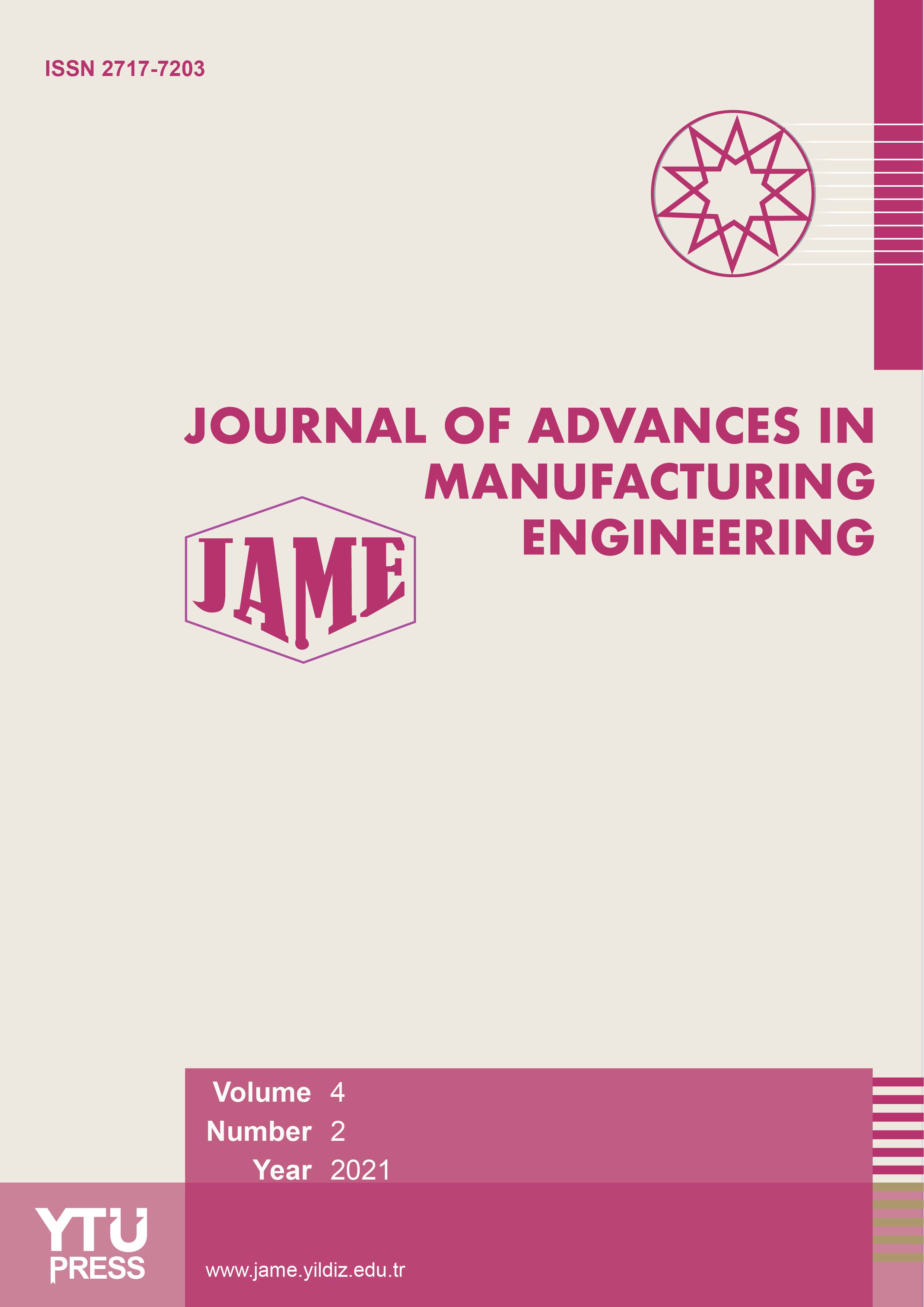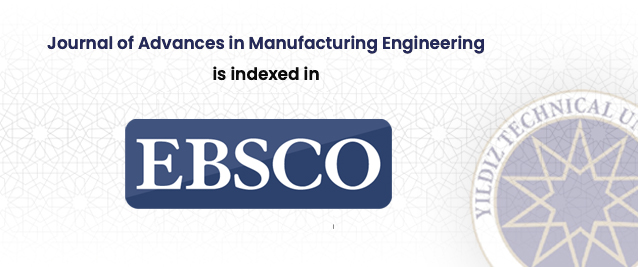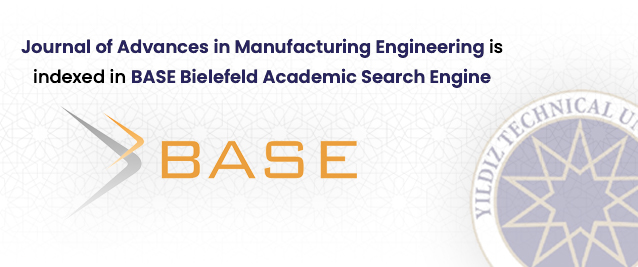Abstract
This article investigates the effect of the ultrasonic oscillation and tool angles during grinding on the surface integrity of the tungsten carbide-cobalt (WC-Co). In that sense, the WC-25Co workpiece was machined through an ultrasonic-assisted grinding (UAG) process under varying ultrasonic modes and tool angles. During the UAG process, the ultrasonic mode was activated as a 40 kHz-continuous oscillation in each operational condition while the remaining grinding parameters were kept constant. The surface integrity of the machined workpiece was investigated in terms of morphology and roughness characteristics to reveal the process-structure-prop-erty relationship. Optical Microscopy (OM) and Scanning Electron Microscopy (SEM) were used to characterize the workpiece morphologically. Additionally, surface roughness indicators (Ra, Rz, and Rmax) were measured by stylus profilometer. Results revealed that the ultrasonic oscillation adversely affected the surface in the drilling operation in which Ra increased by two-fold. However, the ultrasonic oscillation yielded a better surface under the different tool angles during surface grinding. Accordingly, Ra values in the condition of surface grinding with a 45° tool angle were dropped with the ultrasonic assistance from 0.86 µm to 0.33 µm while from 0.39 µm to 0.29 µm in the condition of oscillation perpendicular to the tool path.














